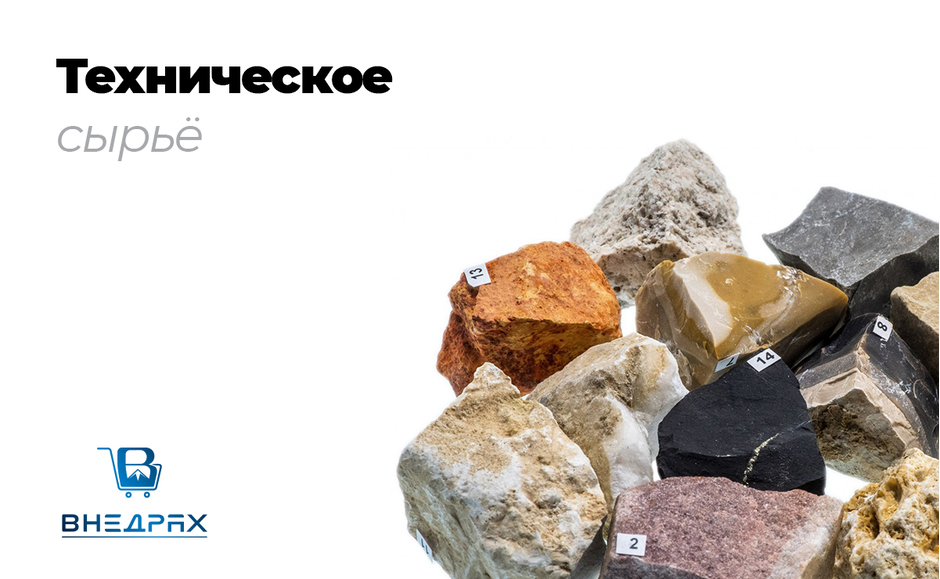Imerys Talcs for Polymers
Brand, application Particle size, microns Whiteness CIA, L, % Bulk density, g/cm avg. (d50) max. (d95) Ground talc (microtalc) for wide application Luzenac E15 Polypropylene compounds. Injection extrusion and thermoforming. 3 10 90 0.47 Luzenac St30 Expanded polystyrene (EPS), polyethylene foam, wood-polymer composites (WPC). 6 20 86 0.7 Luzenac H50 Gray microtalc for general use and recycling. 9 30 85 0.8 Luzenac 20 M0 Polypropylene compound. Recommended for car interior parts. 5 18.5 92.6 0.66 Ground talc (compacted microtalc) Luzenac HAR W92 Plastics with increased strength, low coefficient of linear thermal expansion (CTE) and shrinkage. Replacement of fiberglass in PP and PA. 2 11 96 0.75 Luzenac HAR T84 2 11 91 0.75 Jetfine 3 CA Superfine talc for producing compounds with increased impact strength and nucleation. 1 3 98 0.9 Jetfine T1 CA 1 3 92 0.9 Luzenac A20 C Production of white parts for household appliances, dashboards and car interior parts 3 10 98 1.0 Luzenac A7 C Production of parts with high impact resistance and elastic modulus. Nucleation of polypropylene. 2 7 98 0.9 Steamic OOS CA 2 6 95 0.9 Steamic T1 CA 2 6 93 0.9 Ground talc (microcrystalline microtalc) for rubber products Mistron R20 G Improvement of physical and mechanical properties, facilitating the casting process. 5 15 96 0.6 Mistron R10 G Improving physical and mechanical properties, facilitating the casting process, ensuring a smooth surface of the product. 2 6 95 1.0 Mistrobond R10 C Silane modified. Obtaining products with high compression resistance. 2 6 94 1.0 Talc masterbatch (masterbatch) Mistropack AMB Production of thermoformed packaging for food products from polypropylene. 4 13 98 1.6 Talc with a modified surface Mistrobond R10 C Production of highly elastic rubber 2 6 94 1.0 Steaplast 9502 Production of polypropylene with high scratch resistance 2 7 91 0.5 Name of parameter Brand of technical talc for coatings Luzenac A7 C Luzenac E15 Luzenac A20 C Luzenac ST30 Luzenac H50 Jetfine T1 CA Jetfine 3CA Mistron R10C Steamic 00S CA Steamic T1 CA White (Minolta CR300, illuminant D65/2) Y 95.0 76.0 95.0 68.5 66.5 84.1 95 .0 88.5 88.5 83.0 L* (CIE) 98.0 90.0 98.0 86.0 85.2 93.5 98.0 – 95.4 93.1 a* (CIE) 0 .0 -0.2 0.0 -0.2 -0.2 -0.1 0.0 – -0.2 -0.2 b* (CIE) 0.6 0.5 0.6 0.5 0.4 0.51 0.6 – 0.2 0.2 BET (ISO 9277), m/y 9.0 8.5 6.5 6.3 5.5 12.6 14.5 15 8.0 8.0 Specific surface (Blaine 10) 33000 25500 24000 13800 12000 49000 50000 – 33000 33000 Specific gravity (ISO 787/10), g/cm 2.78 2.78 2.78 2.78 2.78 2.78 2 .78 2.78 2.78 2.78 Compacted bulk density (ISO 787/11), g/cm 1.00 0.47 1.00 0.70 0.85 0.90 0.90 1.00 1, 00 1.00 Free bulk density (EN 1097/3), g/cm – 0.33 – 0.5 0.6 – – 0.8 – – Hardness (Mohs scale) 1 1-2 1 1-2 1 -2 1 1 1 1 1 pH (ISO 787/9) – – – 9 – – – – – – Mineral analysis: Talc/chlorite, % Dolomite and calcite, % – – – 982 – – – 991 – – Chemical analysis: SiO2, %MgO, %Al2O3, %Fe2O3, %CaO, % 61,032,00,30,20,4 50,030,58,51,70,6 61,032,00,30,20,4 48,030,010,52,00,6 46,030,011 ,51.80.5 57.230.62.61.11.1 62.031.50.40.20.3 – 56.031.03.60.90.5 55.531.04.50.90.9 Piercing losses at 1050C, % 6.0 8.5 6.0 9.0 9.5 7.4 6.0 5.8 6.7 7.3 Loss during piercing at 625C, % 0.7 3.4 0.7 – 4.5 1.7 0.9 – 1.8 1.6 Moisture content at 105C (ISO 787/2), % &le.0.3 &le.0.5 &le.0.3 <.0.5 &le.0.5 <,0.3 <,0.3 0.3 &le,0.3 &le,0.3 Residue on sieve (Alpine airjet) &ge,15µm, 0.12% &ge,15µm, 1.1% &ge,20µm, 1% &ge,63µm, 0.5% &ge,63µm, 0.3% &ge,15µm, 0.03% &ge,15µm, 0.03% – &ge,15µm, 0.07% &ge,15µm, 0.08 % Technical talc is obtained from a layered soft silicate mineral - magnesium hydroxylate - by grinding. In some cases, raw materials undergo additional processing - compaction, surface modification. It is an inert, water-repellent substance with high thermal resistance, good dielectric and adsorption properties. Due to its chemical resistance, it is completely decomposed only in hydrofluoric acid. Talc, including technical talc, is a safe substance. It does not pollute the environment and does not harm humans, but due to its finely dispersed structure, prolonged contact can cause irritation of the respiratory tract. Therefore, to work with it it is necessary to use personal protective equipment. Technical talc is supplied in the form of a light-colored powder ranging from snow-white to gray. Technical talc for polymers is supplied in industrial packaging: Name Weight, kg Paper bag 25 Big bag 900 Technical talc is packaged in a variety of containers depending on the needs of the consumer. The most commonly used are big bags weighing up to a ton and paper bags with a capacity of 25 kg. Since the material is safe, it can be transported by any means of transport, observing the general rules. It should be stored in its original, undamaged packaging in covered warehouses.children's premises. The guaranteed shelf life from the date of production is 2 years. Technical talc is widely used in the production of polymers as a filler. It serves to: lighten parts, increase rigidity, impact resistance, mechanical resistance, increase the resistance of parts to temperature changes, ensure long-term thermal stability, stabilize product dimensions by minimizing thermal expansion, create a matte surface of a product made from polymer raw materials, protect plastic from the effects of the external environment , including moisture. The substance also acts as a dispersing component in the preparation of composites. It improves the mixing parameters of components without changing their chemical and physical properties. Technical talc is purchased for making films. As part of this material, the compound plays the role of an anti-caking agent, affecting transparency, coefficient of friction and other indicators. It is also used in the production of polyolefin pipes, biopolymers, expanded polystyrene, and PVC. Without technical talc it is impossible to produce many paints and varnishes, high-quality paper, and glazes for ceramics.
No reviews found



